As snowmobiling becomes more popular, it is important to consider all the necessary safety gear. One essential piece of equipment is goggles. Goggles protect your eyes from the cold wind and snow, as well as any debris that may fly up from the trail. So the answer to…
Do You Need Goggles for Snowmobiling?
is yes, you certainly do. In this article, we will explore the importance of eye protection in snowmobiling and discuss the different types of goggles available.
When it comes to choosing snowmobiling goggles, there are several factors to consider. You want to ensure that they fit comfortably and securely, provide adequate protection, and have features like anti-fog and UV protection. We will discuss these factors and more in the following sections.
Key Takeaways
The Importance of Eye Protection in Snowmobiling

As avid snowmobilers, we understand the importance of safety gear when hitting the trails. One piece of equipment that should never be overlooked is eye protection. Snowmobiling can be a thrilling and enjoyable activity, but it also poses risks to our eyes. Flying debris, snow, and wind can all cause damage to our eyes, making it essential to wear proper eye protection.
Goggles or a face shield are the two main options for eye protection when snowmobiling. Goggles offer a more secure fit and can provide better protection against the elements. They also offer better visibility in extreme weather conditions, such as snow and fog.
A face shield, on the other hand, provides full-face protection and can be more comfortable for some riders. However, it can also fog up more easily, reducing visibility and increasing the risk of accidents.
It is important to choose the right eye protection for your needs. Look for goggles or a face shield with anti-fogging properties to ensure clear visibility at all times. Additionally, consider the fit and comfort of the eye protection, as ill-fitting gear can be distracting and uncomfortable while riding.
In summary, eye protection is a crucial component of snowmobiling safety. Whether you prefer goggles or a face shield, make sure to choose high-quality, anti-fogging gear that fits comfortably and provides optimal visibility.
By taking the necessary precautions, we can enjoy the thrill of snowmobiling while also protecting our eyes from potential harm.
Types of Goggles for Snowmobiling
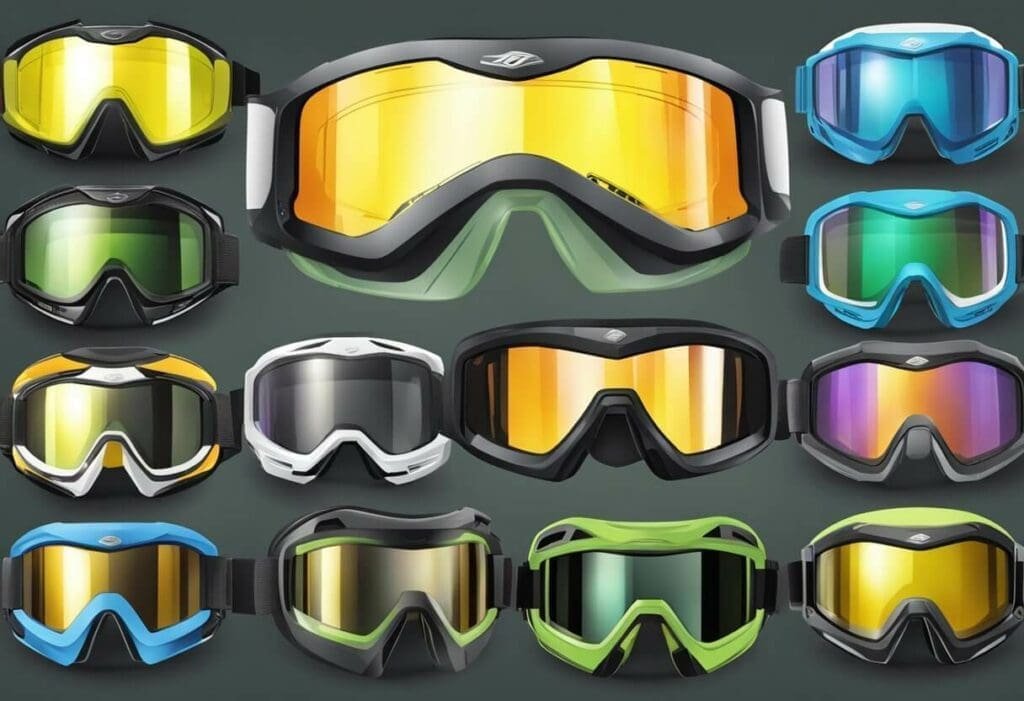
When it comes to snowmobiling, having the right gear is essential for a safe and enjoyable ride. One of the most important pieces of gear to have is a good pair of goggles. Here are some of the most common types of goggles for snowmobiling:
Anti-Fog Goggles
Anti-fog goggles are designed to prevent the lenses from fogging up, which can be a major problem when snowmobiling. These goggles have a special coating on the lenses that helps to reduce condensation and keep the lenses clear. Some anti-fog goggles also have vents that allow air to circulate, which helps to prevent fogging.
Photochromic Goggles
Photochromic goggles are designed to automatically adjust to changing light conditions. The lenses darken in bright sunlight and lighten in low light conditions, which helps to improve visibility and reduce eye strain. These goggles are particularly useful when snowmobiling in areas with varying light conditions.
Polarized Goggles
Polarized goggles are designed to reduce glare from the sun and other reflective surfaces. They have a special coating on the lenses that helps to block out horizontal light waves, which are responsible for glare. This makes it easier to see objects in bright sunlight and reduces eye strain.
When choosing a pair of goggles for snowmobiling, it’s important to consider the weather conditions you’ll be riding in, as well as your personal preferences.
Some goggles are designed for specific weather conditions, such as low light or bright sunlight, while others are more versatile. It’s also important to choose goggles that fit well and are comfortable to wear for extended periods of time.
Factors to Consider When Buying Snowmobiling Goggles

When you’re ready to finally buy a pair of goggles for snowmobiling, then here are some factors to consider when buying snowmobiling goggles:
Comfort and Fit
Comfort and fit are the most important factors to consider when buying snowmobiling goggles. A good pair of goggles should fit snugly around your face without causing any discomfort. They should also be adjustable to fit different head sizes.
Some goggles come with foam padding around the edges to provide a comfortable fit. Look for goggles with soft foam padding that won’t cause irritation or discomfort. Additionally, make sure that the goggles have an adjustable strap that fits securely around your head.
Lens Quality
Lens quality is another important factor to consider when buying snowmobiling goggles. The lens should be made of high-quality materials that are scratch-resistant and shatterproof. Look for goggles with lenses that are made of polycarbonate or other durable materials.
Another important aspect of lens quality is the tint. Choose a lens tint that is suitable for the lighting conditions in which you will be riding. For example, clear lenses are suitable for night riding, while darker lenses are better for bright sunny days.
Ventilation
Ventilation is also an important factor to consider when buying snowmobiling goggles. Good ventilation prevents fogging and ensures that the goggles remain clear and easy to see through. Look for goggles with vents that allow air to circulate through the goggles.
Some goggles come with anti-fog coatings on the inside of the lens. This coating prevents fogging and ensures that you can see clearly while riding. Additionally, make sure that the goggles have good airflow to prevent overheating and discomfort.
Overall, when buying snowmobiling goggles, choose a pair that provides a comfortable fit, high-quality lens, and good ventilation. With the right pair of goggles, you can enjoy your snowmobiling adventures with clear vision and protected eyes.
Caring for Your Snowmobiling Goggles

Like any piece of equipment, snowmobiling goggles require proper care and maintenance to function at their best.
Here are some handy tips for caring for your goggles:
1. Clean your goggles regularly
Snowmobiling goggles can get dirty quickly, so it’s essential to clean them regularly. Use a microfiber cloth or lens cleaning wipes to wipe down the lenses gently. Avoid using paper towels or other rough materials that can scratch the lenses.
2. Store your goggles properly
When you’re not using your goggles, store them in a protective case. Avoid leaving them in your snowmobile or tossing them in your gear bag, where they can get scratched or damaged.
3. Avoid touching the lenses
Touching the lenses of your snowmobiling goggles can leave fingerprints and smudges, which can impact your vision. If you need to adjust your goggles, use the straps instead of touching the lenses.
4. Use an anti-fog treatment
Fogging is a common problem with snowmobiling goggles, but you can prevent it by using an anti-fog treatment. Apply the treatment according to the manufacturer’s instructions, and reapply as needed.
5. Replace worn-out goggles
Over time, snowmobiling goggles can wear out or become damaged. If you notice scratches, cracks, or other signs of wear and tear, it’s time to replace your goggles. Worn-out goggles can impact your vision and compromise your safety on the trails.
By following these tips, you can keep your snowmobiling goggles in top condition and enjoy clear vision on the trails.
Consequences of Not Wearing Goggles While Snowmobiling

As snowmobiling involves high speeds and exposure to the elements, proper eye protection is essential to ensure a safe and enjoyable ride. Not wearing goggles while snowmobiling can result in a range of consequences that can negatively impact our vision and overall experience.
Here are some potential consequences of not wearing goggles while snowmobiling:
Reduced Visibility
Snowmobiling without goggles can lead to reduced visibility, especially in snowy or windy conditions. Snow and ice particles can fly into our eyes, causing irritation and temporary blindness. This can make it difficult to navigate the trails and avoid obstacles, putting us at risk of accidents and injuries.
Eye Injuries
Snowmobiling without goggles can also increase the risk of eye injuries. Rocks, branches, and other debris can fly up from the trail and hit us in the eyes, causing cuts, bruises, and even permanent damage. In addition, exposure to the cold and wind can cause our eyes to dry out and become irritated, leading to discomfort and potential infections.
UV Damage
Snow reflects UV rays from the sun, which can cause damage to our eyes over time. Not wearing goggles while snowmobiling can expose us to harmful UV rays, increasing the risk of cataracts, macular degeneration, and other eye diseases.
In summary, not wearing goggles while snowmobiling can lead to reduced visibility, eye injuries, and UV damage. To ensure a safe and enjoyable ride, it is important to wear proper eye protection, such as goggles or sunglasses, that offer 100% UV protection and a secure fit.
Conclusion

In conclusion, snowmobiling can be a thrilling and enjoyable activity, but it also poses certain risks and dangers. One of the most important pieces of equipment for snowmobilers is a good pair of goggles.
Goggles designed specifically for snowmobiling have a number of features that make them ideal for this activity, such as:
- Being typically larger than ski goggles, which provides a wider field of vision and better protection against wind and snow.
- Having anti-fog coatings or ventilation systems to prevent fogging, which is essential for maintaining clear vision while riding.
While it is possible to use ski goggles or other types of eyewear for snowmobiling, they may not provide the same level of protection and comfort as goggles designed specifically for this activity. It is important to choose goggles that fit well and are comfortable to wear, as ill-fitting goggles can be distracting and uncomfortable.
In addition to goggles, there are a number of other safety precautions that snowmobilers should take. These include wearing appropriate clothing and protective gear, carrying a first aid kit and other emergency supplies, and avoiding riding in areas with poor visibility or unstable snow conditions.
By following these safety guidelines and investing in a good pair of snowmobile goggles, snowmobilers can enjoy this exciting activity while minimizing the risks and dangers associated with it.
Frequently Asked Questions

What kind of goggles are best for snowmobiling?
When it comes to selecting the best goggles for snowmobiling, there are several factors to consider. Look for goggles that have anti-fog coating, UV protection, and a wide peripheral vision. Also, make sure the goggles fit comfortably and securely. Some popular brands for snowmobiling goggles include Oakley, Smith, and 509.
Are goggles necessary for snowmobiling?
Yes, goggles are essential for snowmobiling. Goggles protect your eyes from snow, wind, and debris. They also help improve visibility, especially in low light conditions. Without goggles, snowmobilers risk getting debris in their eyes, which can cause serious eye injuries.
Can you wear glasses instead of goggles while snowmobiling?
While it is possible to wear glasses while snowmobiling, it is not recommended. Glasses can easily fog up, impairing your vision, and they do not provide the same level of protection as goggles. If you must wear glasses, consider getting prescription goggles or using anti-fog spray to prevent fogging.
What are the consequences of not wearing goggles while snowmobiling?
Not wearing goggles while snowmobiling can lead to serious eye injuries. Snow, wind, and debris can cause scratches, cuts, and even blindness. Additionally, snow glare can cause eye strain and headaches. Always wear goggles when snowmobiling to protect your eyes and ensure clear vision.
Are there any safety standards for snowmobiling goggles?
Yes, there are safety standards for snowmobiling goggles. The American National Standards Institute (ANSI) has established safety standards for snowmobiling goggles, including impact resistance and UV protection. Look for goggles that meet ANSI standards to ensure maximum protection.
How do you choose the right size goggles for snowmobiling?
Choosing the right size goggles for snowmobiling is essential for comfort and protection. Look for goggles that fit snugly but comfortably around your face. Make sure the goggles fit securely over your helmet and do not obstruct your peripheral vision. Try on different sizes and brands to find the best fit for you.

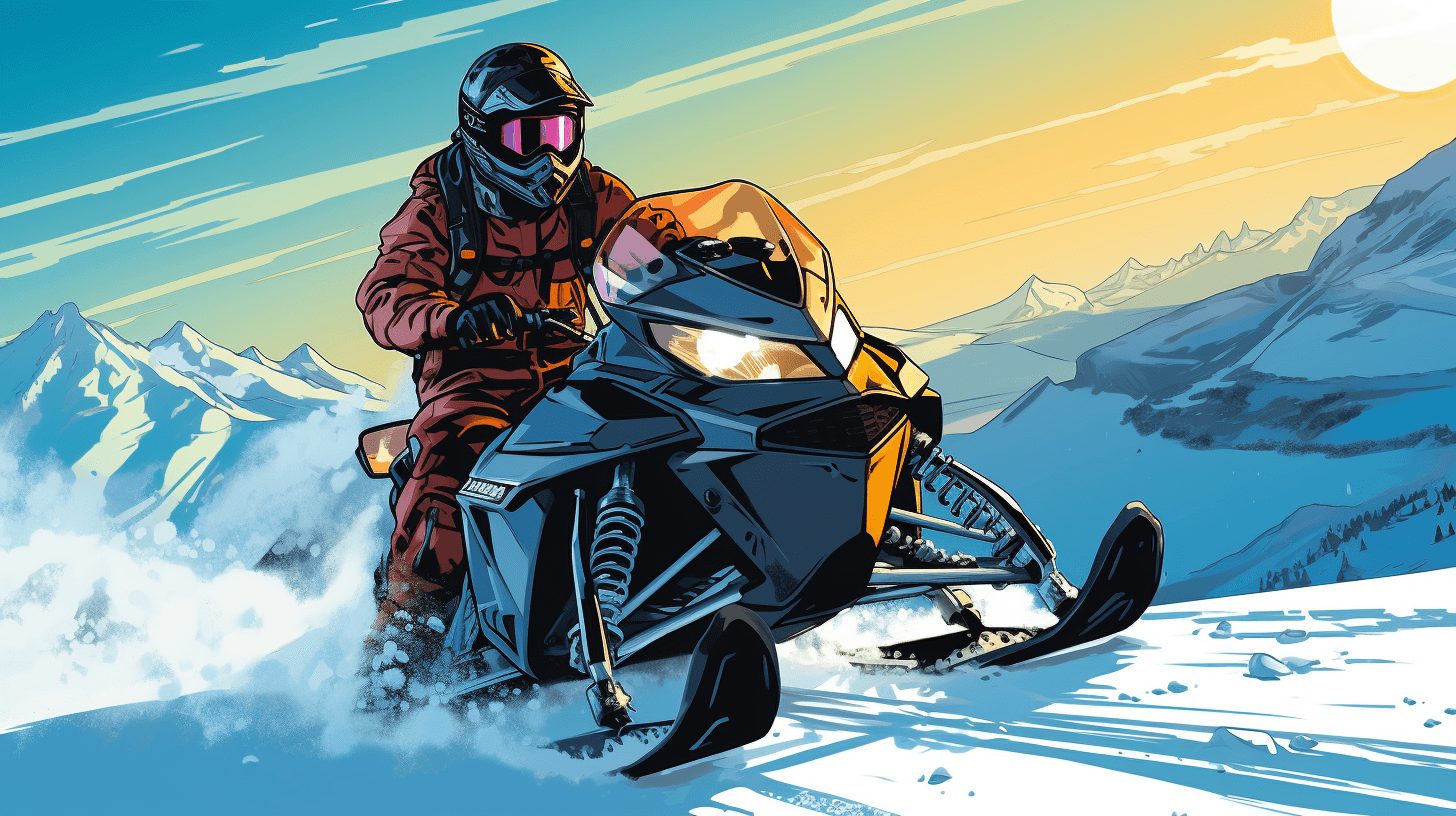
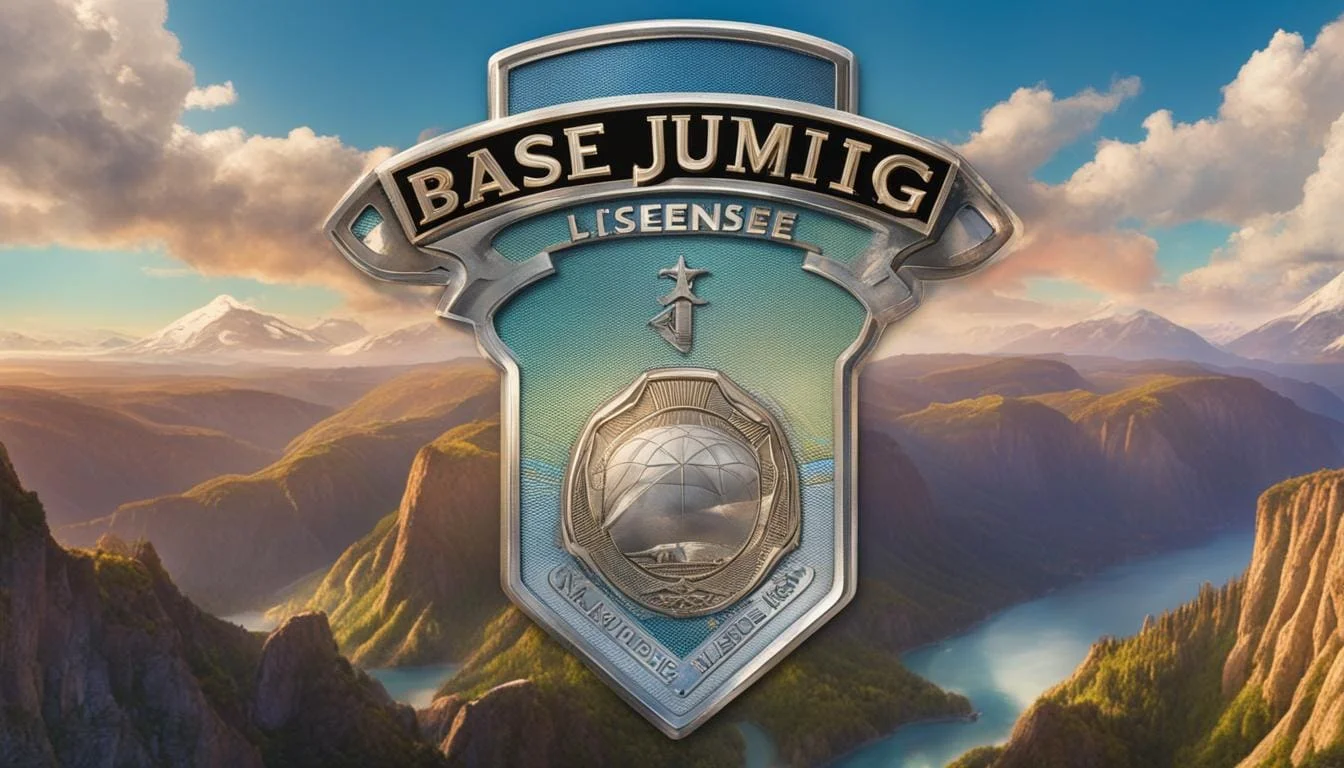
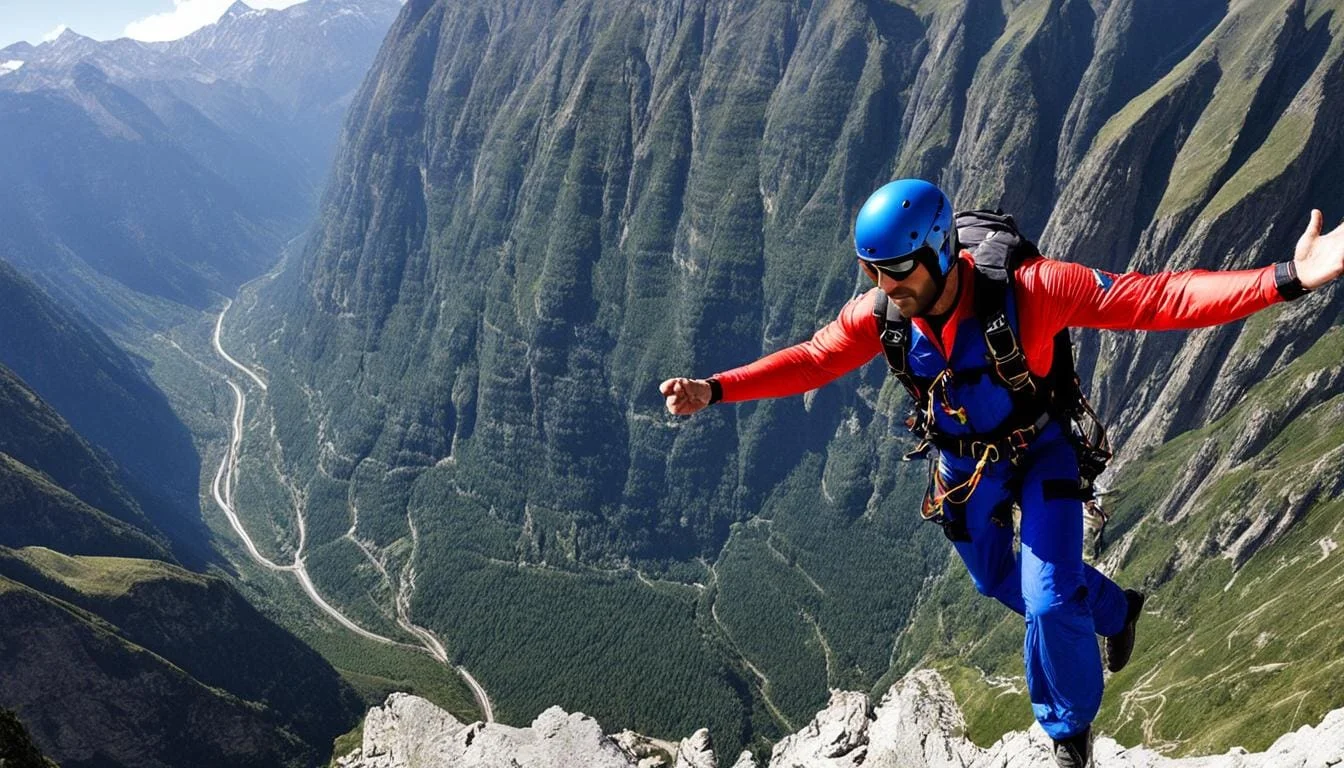
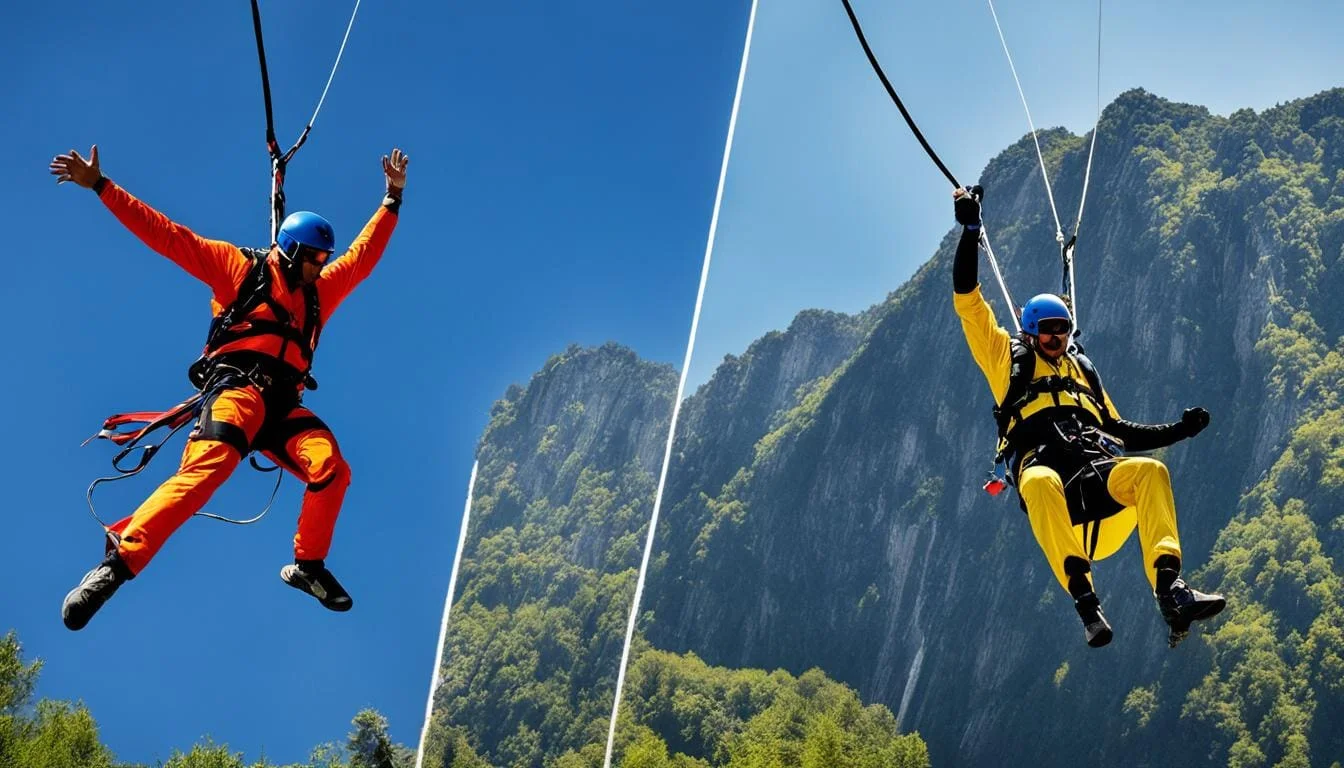
Leave a Reply